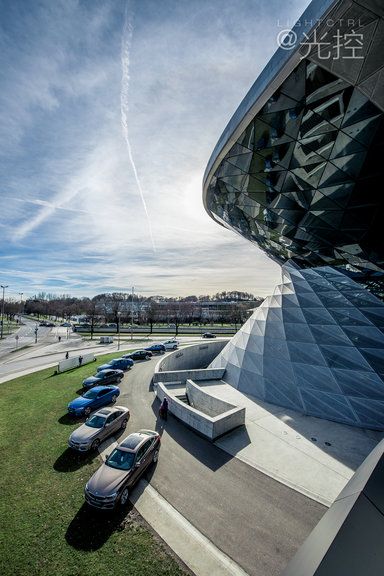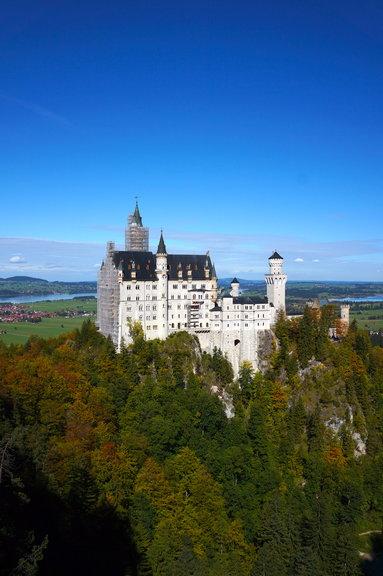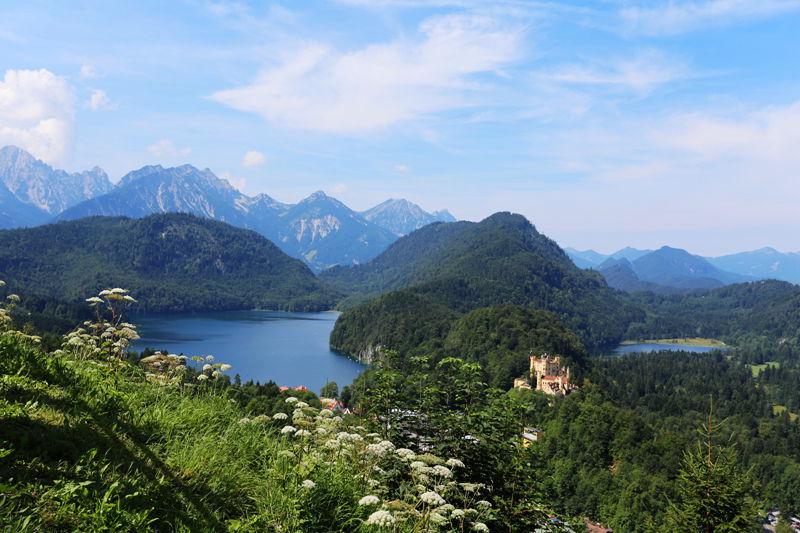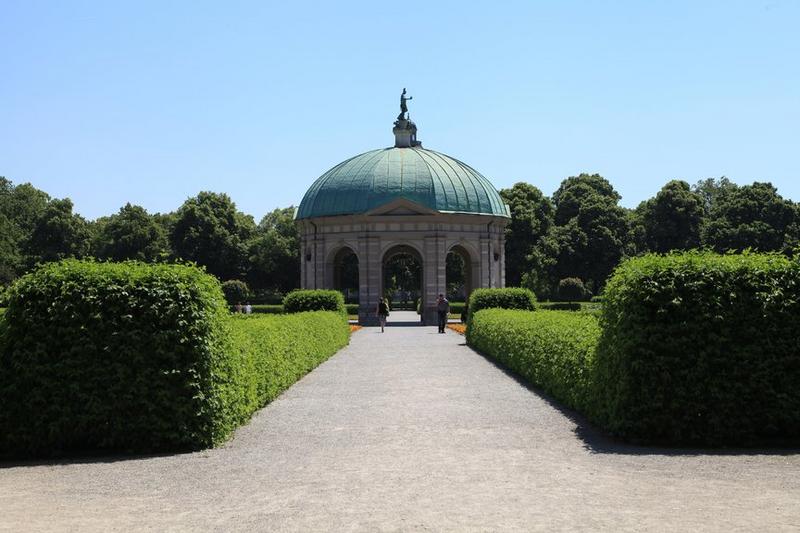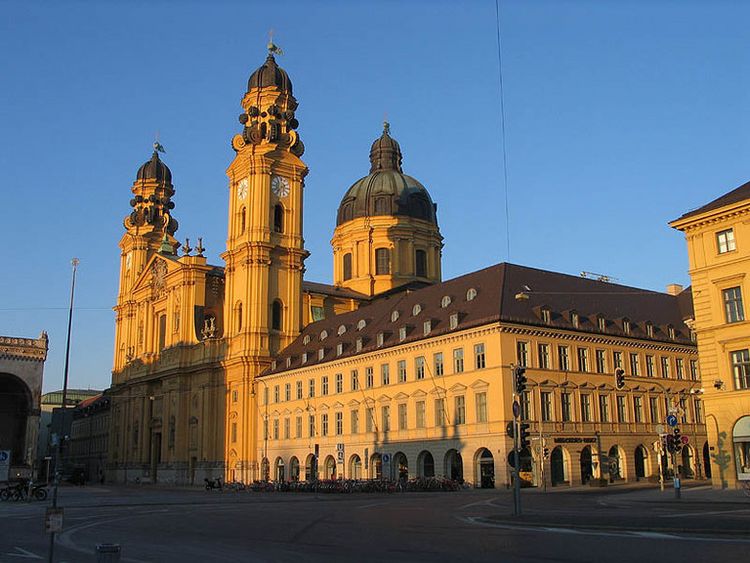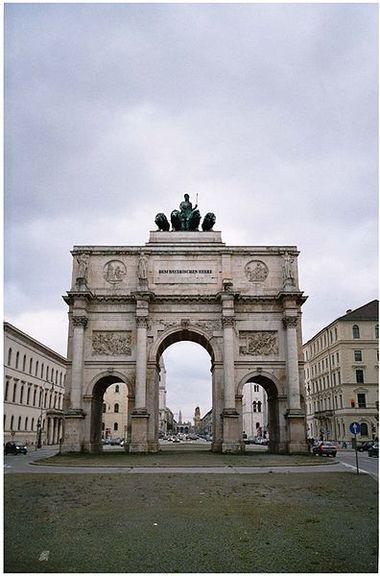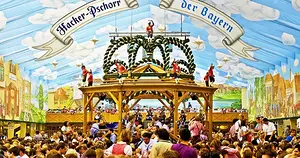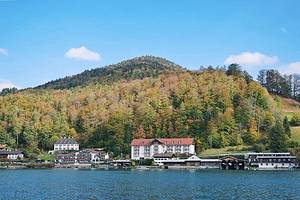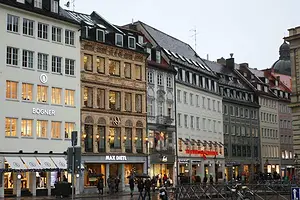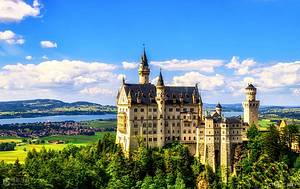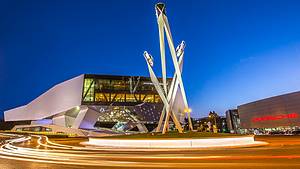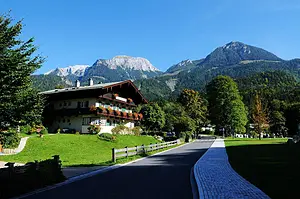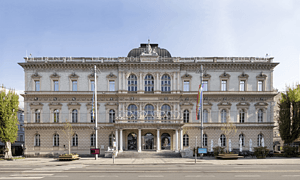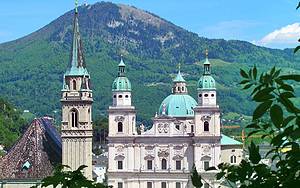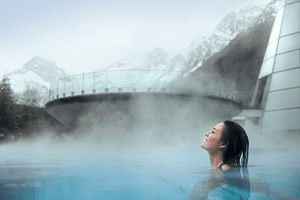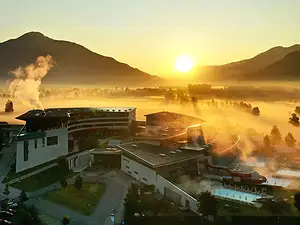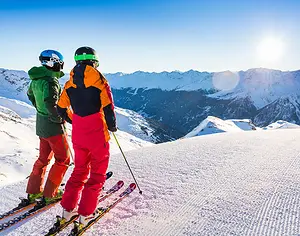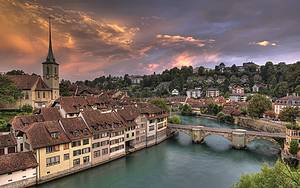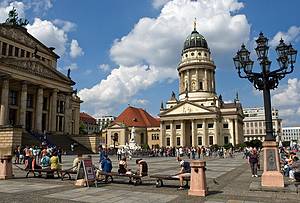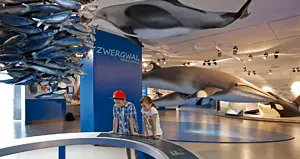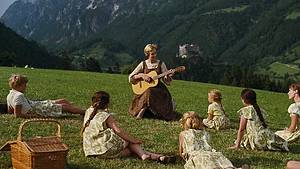3-day trip from Munich to Neuschwanstein Castle
2 cities |
12 attraction(s) |
total distance 26
km
 TIPS
TIPS
Day1
Day2
Day3
Day1: Munich
4 attraction(s) ·
15 km
1
It is the center of Munich and therefore a must-visit place for travelers. Before 1807, Marienplatz had a market, and most of the buildings around the square were built between the 19th and 20th centuries. In the center of the square stands a Marian column, expressing people's gratitude and devotion to Virgin Mary. In the northeast corner of the square, there used to be a fish fountain, where butcher apprentices held their graduation ceremonies. Marienplatz Church is located in the northwest, the New Town Hall is on the north side of Marienplatz, and the Old Town Hall is on the east side of the square. Viktualienmarkt is located in the southeast of the square.
2
km
2
Karlsplatz is a large square in the heart of Munich, Germany. It was built in 1797 and named after the unpopular Bavarian Elector Karl Theodor. The name Stachus, on the other hand, is derived from the tavern "Beim Stachus," which used to be located there.
The most important buildings on the square are the Karlstor, the western gate of the demolished medieval castle, and the neo-baroque Justice Palace. In summer, there is a large fountain in front of the Karlstor, and in winter, it becomes an open-air ice rink. There is also a large shopping center underground. Between Karlsplatz and Marienplatz, there is the main pedestrian area of the city (Neuhauser Strasse, Kaufinger Strasse), with countless shops and restaurants.
The subway and suburban trains have stations underground at the square. Karlsplatz is also a hub for the Altstadtring tram system, which circles around the old city.
8
km
3
North of the Olympic Park and beyond the Mittlerer Ring is the BMW Munich factory. The famous BMW "Four-Cylinder Building" stands here. The circular building and its associated buildings to the west of the Four-Cylinder Building are the BMW Museum, which showcases the development of BMW from a motorcycle and aircraft engine manufacturer to an automotive industry giant.
To the west of the museum is a very modern building called BMW Welt, which is a comprehensive interactive venue combining exhibition, sales, and delivery. The ground floor displays the full range of BMW vehicles, and the second floor showcases BMW motorcycles. There is also a dedicated delivery area for customers to receive their ordered vehicles. The BMW Four-Cylinder Building is an office space and is not open to the public.
6
km
4
Nymphenburg Palace is located in the west of Munich and was built in 1675. In celebration of the birth of their son in 1644, the royal couple Ferdinand Maria and his wife ordered the construction of this summer palace in the western outskirts of Munich. After more than 300 years of development, the original ornamental garden has been expanded into a luxurious palace, which includes baroque gardens, meandering water channels, and scattered pavilions. Walking through it is a delightful experience and highly recommended. The main building of the palace is grand and magnificent, with symmetrical auxiliary buildings on both sides and distinct levels. In addition to Nymphenburg Palace, there are three other palaces in the Nymphenburg Park: Amalienburg Palace, Bath House, and Pagodenburg Palace.
Day2: Fussen
4 attraction(s) ·
7 km
1
Neuschwanstein Castle has undoubtedly become a symbol of German tourism, it is the most famous and visited castle in Germany. Located on a hill in the southern border of Germany, in the Alps, this masterpiece of King Ludwig II has a fairytale-like appearance and scenery. The interior of Neuschwanstein Castle is also very luxurious, but it cannot hide the tragic fate of King Ludwig II. Legend has it that King Ludwig II developed a strong interest in knight legends and decided to recreate these scenes in his own castle after visiting Wartburg Castle in Thuringia. The construction of Neuschwanstein Castle began in 1869, and when King Ludwig II passed away 17 years later, only the exterior facade had just been completed. Three months after his death, the government opened it as a museum. Currently, parts of the castle's interior, including the Throne Hall, King's Bedroom, Living Room, Dressing Room, and Great Hall, are open to visitors, with a visit time of about 30 minutes. There is also the Marienbrücke (Mary's Bridge) built over the ravine behind Neuschwanstein Castle, where you can enjoy a panoramic view of the castle.
Neuschwanstein Castle is located near the town of Füssen. If you want to stay overnight in the area, Füssen is a good choice. It is also a historic medieval town.
2
km
2
Neuschwanstein Castle, also known as the Old Swan Castle or Hohenschwangau Castle, is a castle located in Hohenschwangau village, under the jurisdiction of Schwangau town in the state of Bavaria, Germany. Built in 1836, it was where Ludwig II spent his childhood.
2
km
3
Alpsee is located in the mountains southwest of Neuschwanstein Castle and Hohenschwangau Castle, with a circumference of about 5 kilometers. The surrounding area is covered with dense forests. The lake is home to many wild swans.
4
km
4
Swan Lake, is the prototype of the famous ballet mentioned in that Swan Lake. The transportation is very inconvenient, but the scenery is definitely worth spending time and energy. On the other side of the lake, you can see the beautiful pictures of Hohenschwangau, Neuschwanstein Castle, and the Alpine mountain peaks.
Day3: Munich
4 attraction(s) ·
4 km
1
The Royal Garden is located between Munich Palace and the English Garden, and was built in 1617. It is an Italian Renaissance-style courtyard building, with the central feature being a pavilion dedicated to the goddess Diana. The garden was destroyed during World War II but was later rebuilt.
1
km
2
The Theatiner Church St. Kajetan is a church in Munich, Germany, built by the Bavarian Elector Ferdinand Maria from 1663 to 1690 to celebrate the birth of his long-awaited royal heir, Prince Maximilian II Emanuel. The church is in the Italian Baroque style, modeled after the Sant'Andrea della Valle in Rome, and features a pair of 71-meter-high domed towers. The Rococo-style facade was completed by Francois de Cuvilliés more than 70 years later and its Mediterranean appearance and yellow color have become iconic symbols of the city, greatly influencing Baroque architecture in southern Germany.
1
km
3
Königsplatz is a square in Munich, Germany, part of the Brienner Straße and one of the city's four royal avenues. It is a neoclassical square that served as a parade ground for the Nazis. The square was built in the early 19th century, and the Greek Gate, located on its western side, was built in 1862 as a replica of the gate on the Acropolis in Athens. There are three museums on the square: the Glyptothek, the Antikensammlungen, and the Lenbachhaus. The Glyptothek houses a collection of ancient Greek and Roman sculptures from the 6th century BC to the 4th century AD. The Antikensammlungen mainly houses small-scale ancient Greek and Roman artworks such as vases, jewelry, ceramics, and weapons. The Lenbachhaus, located north of the Greek Gate, was originally the private villa of painter Franz von Lenbach.
3
km
4
The Munich Triumphal Arch is 21 meters high, 24 meters wide, and 12 meters thick. Its style is similar to the Arch of Constantine in Rome, the Marble Arch in London, the Arc de Triomphe in Paris, and the Brandenburg Gate in Berlin. The arch was built by King Ludwig I of Bavaria and completed in 1852. It is topped with a double chariot and lions. Lions were used because they are the symbol of the Wittelsbach dynasty, which ruled Bavaria. Originally, the arch was built to commemorate the glory of the Bavarian army, but today it serves as a monument to peace. The arch was severely damaged in World War II, but like the Kaiser Wilhelm Memorial Church in Berlin, it was partially reconstructed. The inscription on the back reads, "Dedicated to victory, destroyed by war, reminds of peace."


